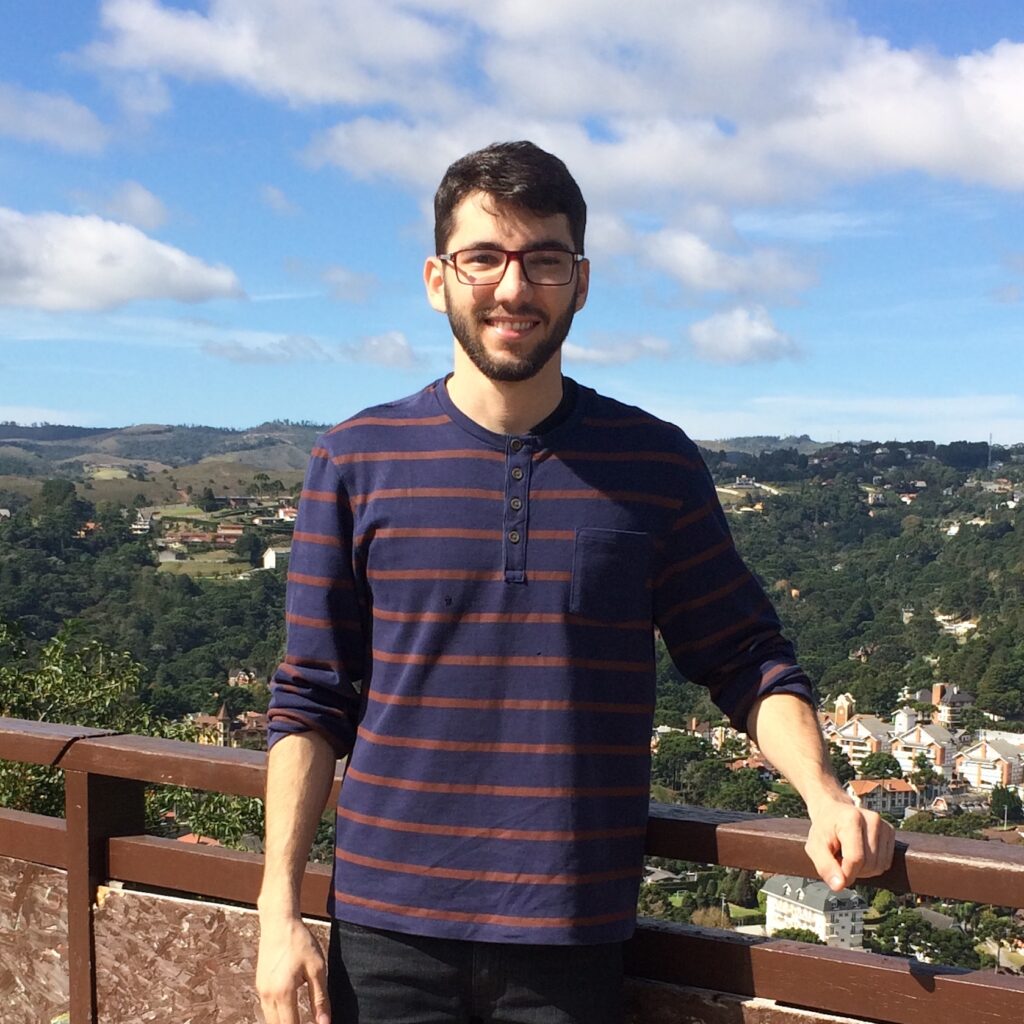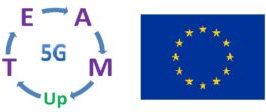
ESR 6
Pedro Luiz Magalhães Cumino
Opportunistic Gathering of Sensing Data: 5G Extension through a Hybrid Network of UAVs
Biography
I was born in Belém, one of the most important cities in the north of Brazil and the Legal Amazon. Since my childhood, I have been inspired by engineering, whether it is to improve, fix, or build something new. I also have been interested in playing volleyball, acoustic and electric guitar, and dance as my favorite hobbies. I was very excited when I started in 2010 a bachelor’s degree in Computer Engineering at UFPA (Federal University of Pará). During this course, I had the opportunity to study some subjects in Adelaide, Australia, where I also received an award as a distinguished international volleyball player from the University of Adelaide in 2014. Since the bachelor’s, I have been working at GERCOM (Research Group on Networks and Multimedia Communication), UFPA, first as an undergraduate research student, contributing to Wireless Sensor Network projects, later as a master student working with Flying Ad hoc Network (FANET). During the master’s degree, which was in Computer Science also at UFPA, I also had two important articles, one published in Sensors Journal and the other in Ad Hoc Journal, both related to video dissemination application in FANET. Now, as an Early Stage Researcher, my project topic is Opportunistic Gathering of Sensing Data: 5G Extension through a Hybrid Network of UAVs. My goal with the TeamUp5G project is to improve and design new services and applications for the 5G and beyond. I am pleased with such a significant opportunity to develop my research skills.
Objectives
Develop a hybrid network architecture that accomplishes the usage of UAVs to support 5G services and application requirements. The architecture shall consider the opportunistic resources from the connection with the ground vehicular network. The idea is to take advantage of the versatility of UVAs. Besides, guaranteeing the services provisioning and the battery endurance of such devices is essential.
Expected Results
The architecture shall be able to give support to the most diverse scenarios of UAVs usage. Besides, we expect to develop efficient architecture modules. Each module will be responsible for various aspects of the network — for instance, scheduled UAV recharge, path planning, collision avoidance, coverage, and routing.
Institutions and Supervisors
- Main Institution: Instituto de Telecomunicações – Aveiro
- PhD Enrollment: The University of Aveiro (https://www.ua.pt/)
- Academic: Prof. Dr. Susana Sargento (https://www.it.pt/Members/Index/501)
- Industry: Dr. Kashif Mahmood (https://www.linkedin.com/in/kashifraja)
Secondments
PDM: from April 2021 to July 2021
Telenor: from September 2021 to December 2021
